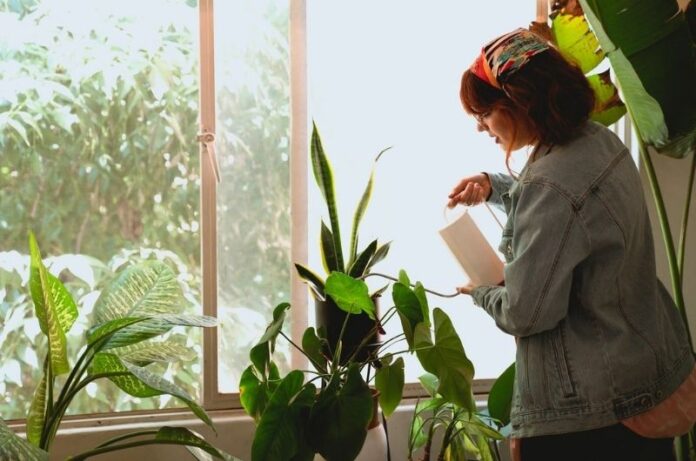Are you confused about how and when you water your plants? If so, read this article to know some of the best ways to ensure success.
No matter what kind of plant you have. You know that already every plant needs water to reach their full potential to get nutrients. And it is a basic rule that everyone cares about. But Remember, not too much water is needed. In addition, you might not know about the right watering techniques that affect the plants growth.
Do you know? Wrong watering techniques can put your plants at risk and even put plants at risk and kill them. So, whether you are just cultivating the indoor plants or others knowing the right techniques are pretty cool. Hence you’ll reap the healthy and happy plants in your home.
5 golden rules to watering the plants
1. Hydrate your plants in the morning
The most efficient way to enhance the life of plants is to hydrate them in the morning. This time the soil is cool and the water has best chances of seeping down to the roots of the plants before evaporating. Further, this ensures plants have sufficient moisture to store especially during the summers.
2. Don’t water the plants too much and too less
Just like humans, plants doesn’t not require too much and too little water. In the hot weather, people might give enough water due to extreme sun, but that’s not valid. On the other hand shallow water can damp the soil and discourage the roots development. The standard rule of thumb is giving your plants and vegetables equivalent water of 1inch per week.
3. Don’t water plants with jet-type spray nozzle
If you want to clean surfaces and driveways or sidewalks, high spray bottles are effective to use. However, while watering plants it is important to check jet-type spray nozzles because high pressure to plants can damage the leaves and affect the roots.
4. Always check the moisture levels
Garden plants don’t like wet feet, meaning they are sitting in water and roots don’t get enough oxygen to breathe. On a hot or windy day the soil’s surface may appear dry, while the ground is still moist, so it is important to check the soil is not overwater. Keep check on the garden soil by inserting a few inches of towel into the garden soil and then pull it out and check it.
5. Don’t rely on the rain water
Most garden plants, flowers, and shrubs do their best when they receive an adequate amount of water (one inch of water) per week. Along with that they need hot and dry spells. If you believe rain is sufficient for supplying enough water for plants to thrive, so don’t count them as healthy plants.
Rain water does not work too much, so instead of believing it inserts a simple rain gauge to check the level of water in the garden. If it’s perfect leave it or if it’s not add the water into it.
More points you need to remember while watering indoor plants
- Don’t put indoor plants in pots without drainage holes
- Do water more in spring and sunny and less in winters
- Avoid use of potting mix
- Always choose the right soil for your plants
- Use watering can for watering properly
So, these are some golden rules you will need to follow for the healthy and beautiful indoor garden. We hope this article was helpful for you.



